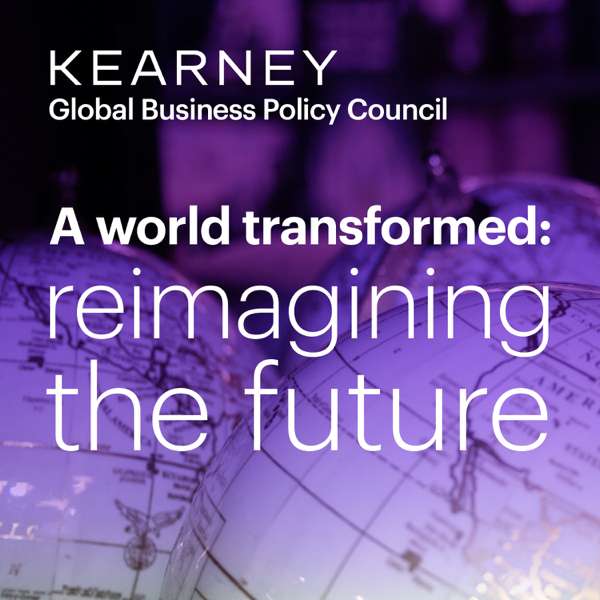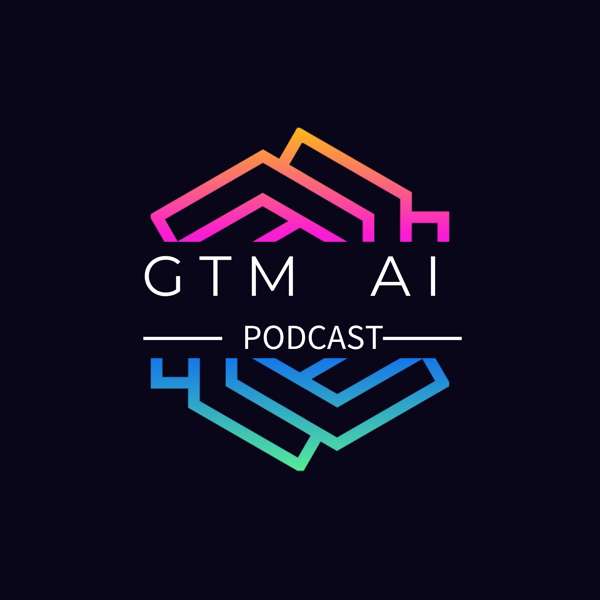This series features brief discussions with leading China experts on a range of issues in the U.S.-China relationship, including domestic politics, foreign policy, economics, security, culture, the environment, and areas of global concern. For more interviews, videos, and links to events, visit our website: www.ncuscr.org.
The National Committee on U.S.-China Relations is the leading nonprofit, nonpartisan organization that encourages understanding of China and the United States among citizens of both countries.

 Our TOPPODCAST Picks
Our TOPPODCAST Picks  Stay Connected
Stay Connected







